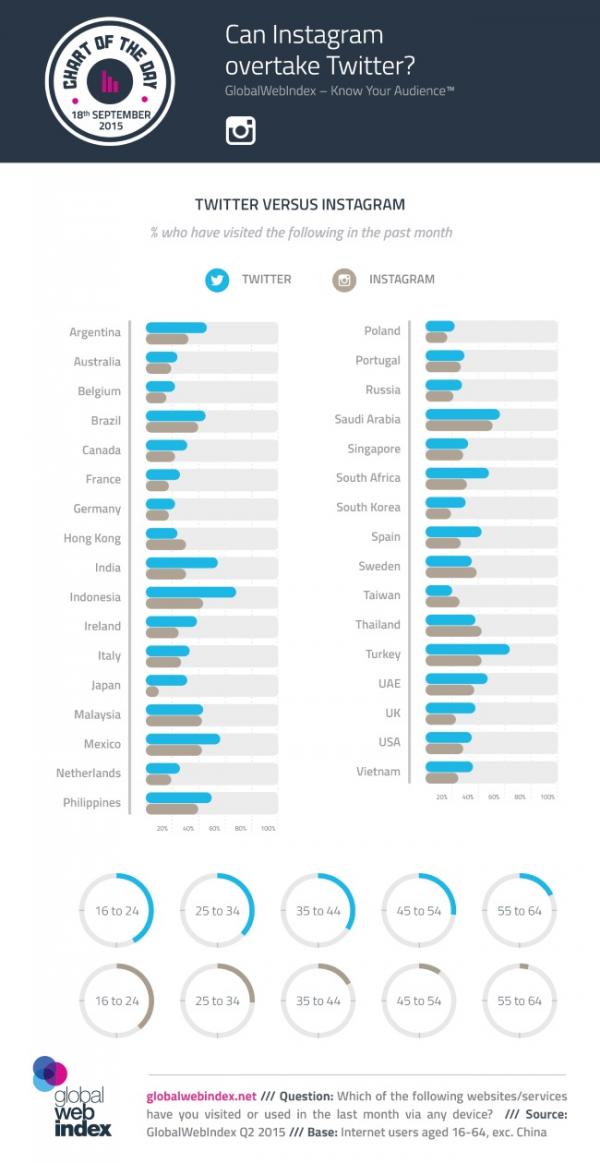Back in December, Instagram was celebrating passing over the 300 million user mark on its site, with a huge audience drawn in with the ability to post photos and videos with ease. But that’s child’s play compared to the record that the Facebook-owned social site just reached.
The company posted via its official blog page today that it has now crossed over the 400 million user point, meaning that it’s managed to amass an impressive 100 million users in just nine months’ time.
“While milestones like this are important, what really excites us is the way that visual communication makes the world feel a little bit smaller to every one of us,” it said in the blog post.
“Our community has evolved to be even more global, with more than 75 percent living outside of the U.S.,” the post continued. “Among the last 100 million to join, more than half life in Europe and Asia. The countries that added the most Instagrammers include Brazil, Japan and Indonesia.”
It also broke down many inspiring moments that have been posted to the site in that time, including the first surface image of Pluto, celebrations in the Champions League, a Namibian ghost town and the white pools of Turkey.
It also noted many of the celebrities that signed up for Instagram, including soccer player David Beckham, transgender heroine Caitlyn Jenner, and a handful of others.
“When Instagram launched nearly five years ago, 400 million seemed like a distant dream. Now, we continue to strive to improve Instagram helping you experience the world through images and connect with others through shared passions,” the post concluded.
Meanwhile, a study reported by Adweek broke down just what kind of usage goes into Instagram posting, based on a study provided by Mavrck. Based on 1.3 million Instagram posts, it deduced that marketers see better engagement from consumers between 6 AM and 12 PM, mainly due to low posting volume during those hours.
The full breakdown of these numbers can be found here.
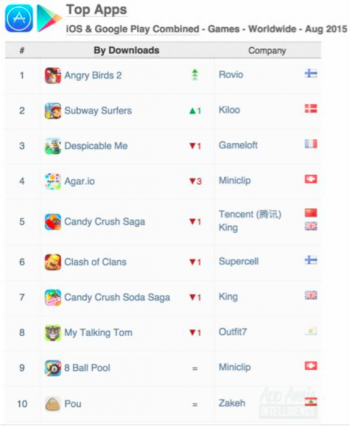

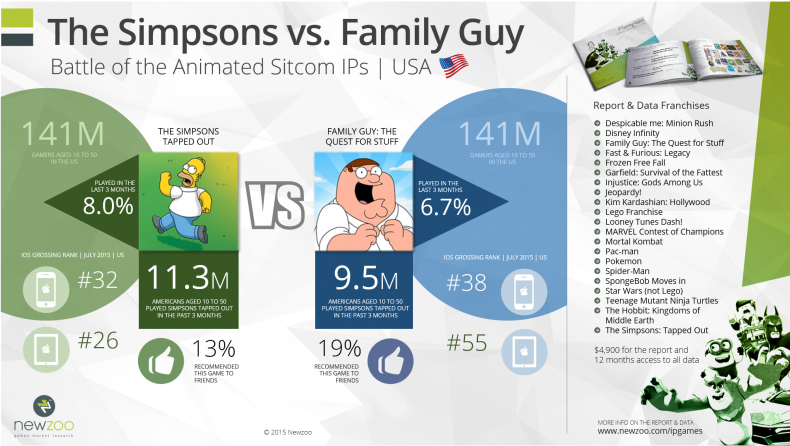
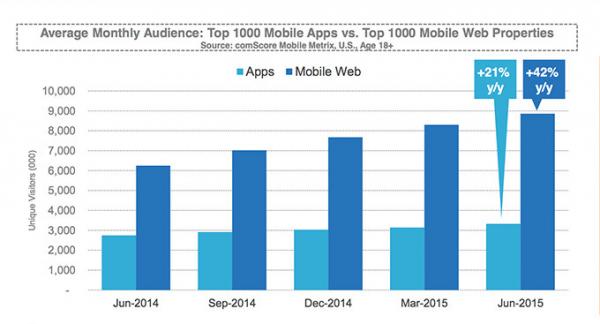
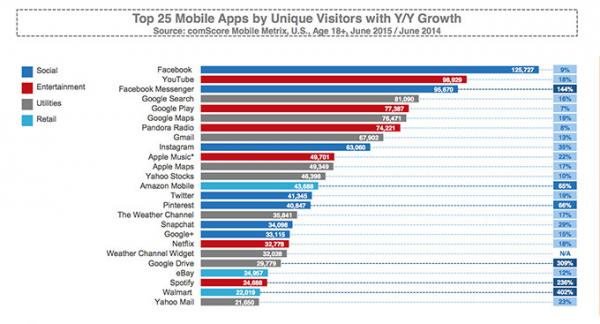
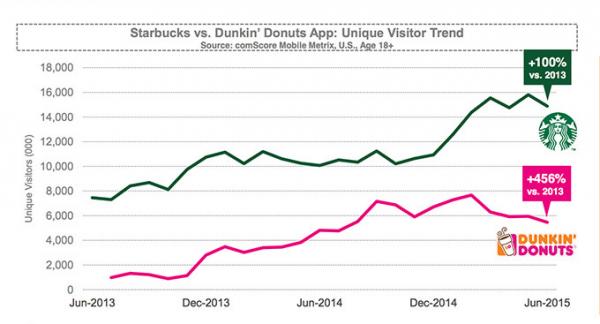
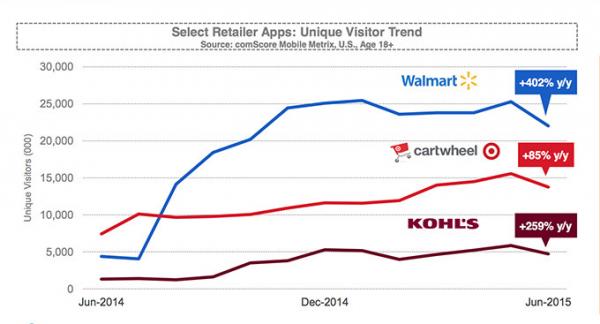
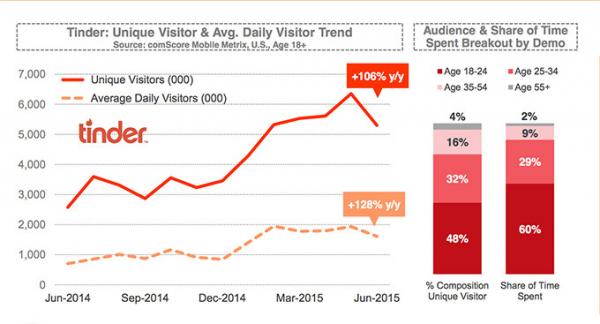
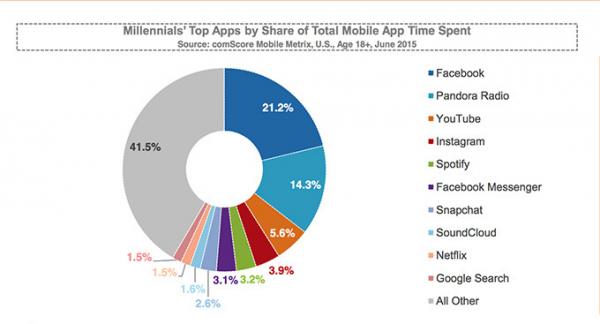
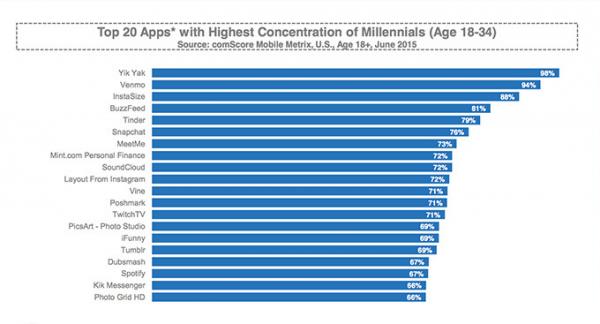 Â Finally, the top 20 apps with highest concentration of millennials were measured, and YikYak easily took the lead with 98 percent. Venmo, InstaSize, BuzzFeed and Tinder were closely behind.
 Finally, the top 20 apps with highest concentration of millennials were measured, and YikYak easily took the lead with 98 percent. Venmo, InstaSize, BuzzFeed and Tinder were closely behind.